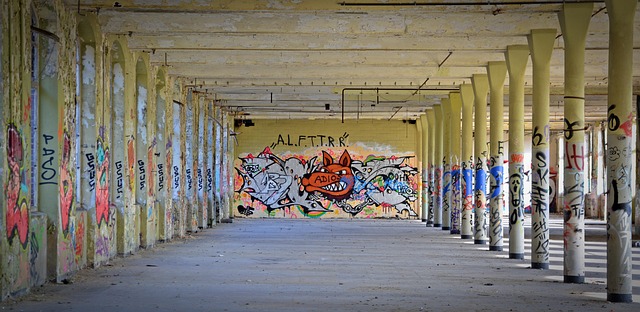The construction industry has adopted precast and modular construction methods for their efficiency, cost savings, and speed. Precast concrete elements, manufactured off-site with precise control, ensure high quality. Advanced bridge structure renderings facilitate stakeholder understanding before construction starts, promote seamless integration of modular units into project plans, and enhance safety by reducing on-site work. This innovative approach cuts construction time, reduces costs, and improves quality control, making precast and modular techniques ideal for complex bridge projects.
In today’s fast-paced construction industry, efficient methods are crucial for delivering projects on time and within budget. Precast and modular structures have emerged as game-changers, revolutionizing how we build. This article delves into the rising trend of precast and modular construction, highlighting their numerous benefits over traditional techniques. We explore the precast concrete process, its advantages, and its pivotal role in bridge structure renderings. Additionally, we discuss modular building systems’ flexibility and speed, as well as the vital role of accurate renderings and advanced visualization technologies in bringing these innovative designs to life.
The Rise of Precast and Modular Construction
In recent years, the construction industry has witnessed a significant rise in the adoption of precast and modular construction methods. This shift is largely driven by the need for efficient, cost-effective, and faster building solutions. Precast concrete elements, manufactured off-site in controlled conditions, offer unparalleled precision and quality. Bridge structure renderings have become an integral part of this process, providing visual representations that help stakeholders envision the final product before construction begins.
Modular construction, where buildings are assembled from standardized components, further streamlines the process. By leveraging bridge structure rendering technologies, architects and engineers can design, test, and refine modular units, ensuring seamless integration with overall project plans. This innovative approach not only reduces construction time but also enhances safety by minimizing on-site work and exposure to hazardous conditions.
– Understanding the growing demand for efficient construction methods
In today’s fast-paced world, there is a growing demand for efficient construction methods that can deliver projects on time and within budget while maintaining quality standards. This need has led to an increased focus on precast and modular construction techniques, which offer numerous benefits for complex bridge structure renderings. The industry is recognizing the value of these innovative approaches due to their ability to streamline construction processes, reduce labor costs, and enhance overall project efficiency.
Bridge structure rendering, as a critical aspect of infrastructure development, requires precise planning and visualization. Precast concrete elements, when combined with modular design principles, enable architects and engineers to create detailed renderings that accurately represent the final bridge structure. This level of visualization aids in identifying potential issues early in the design phase, facilitating better project management, and ensuring a smoother construction process for even the most intricate bridge designs.
– Benefits of precast and modular structures over traditional building techniques
Precast and modular structures offer a significant advantage over traditional building methods, particularly in terms of efficiency and speed. With advanced bridge structure renderings, construction teams can visualise and plan each component with precision, allowing for faster assembly on-site. This streamlined process reduces project timelines, enabling quicker occupancy and lower labour costs.
Moreover, precast concrete panels are known for their superior structural integrity and durability. These prefabricated elements can be designed to withstand extreme loads and environmental conditions, ensuring safety and long-lasting performance. Modular construction also promotes better material utilisation, as waste is minimised during the manufacturing process, contributing to more sustainable building practices.
Precast Concrete and Its Advantages
Precast concrete has gained significant traction in construction due to its numerous advantages, making it a preferred choice for bridge structure renderings and beyond. One of the key benefits is its speed of construction; precast elements can be manufactured off-site and assembled on-site, significantly reducing project timelines. This efficiency is particularly valuable for complex projects where precise planning and coordination are essential.
Additionally, precast concrete offers superior structural integrity and durability compared to traditional casting methods. The process involves pouring concrete into molds, allowing for precise control over the final product’s quality and consistency. This attention to detail ensures that each component meets strict engineering requirements, enhancing overall project reliability. Moreover, precast structures are more cost-effective due to their quick installation, reduced labor requirements, and minimal waste generation.
The adoption of precast and modular construction is revolutionizing the industry, offering a compelling solution for efficient and swift project completion. By leveraging bridge structure renderings and implementing these innovative techniques, builders can significantly reduce construction times and costs while maintaining high-quality standards. As demand continues to rise for faster, more sustainable building practices, precast and modular structures are poised to become the future of construction, reshaping the way we build and enabling us to create more with less.
